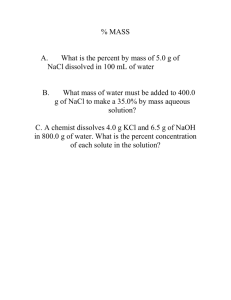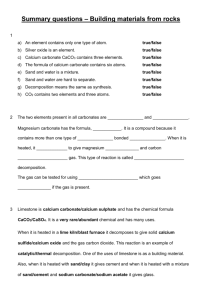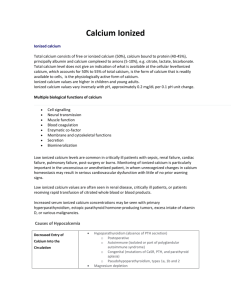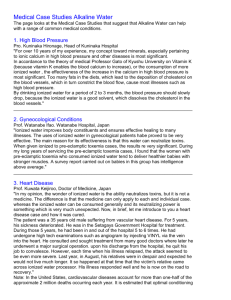Fever
advertisement
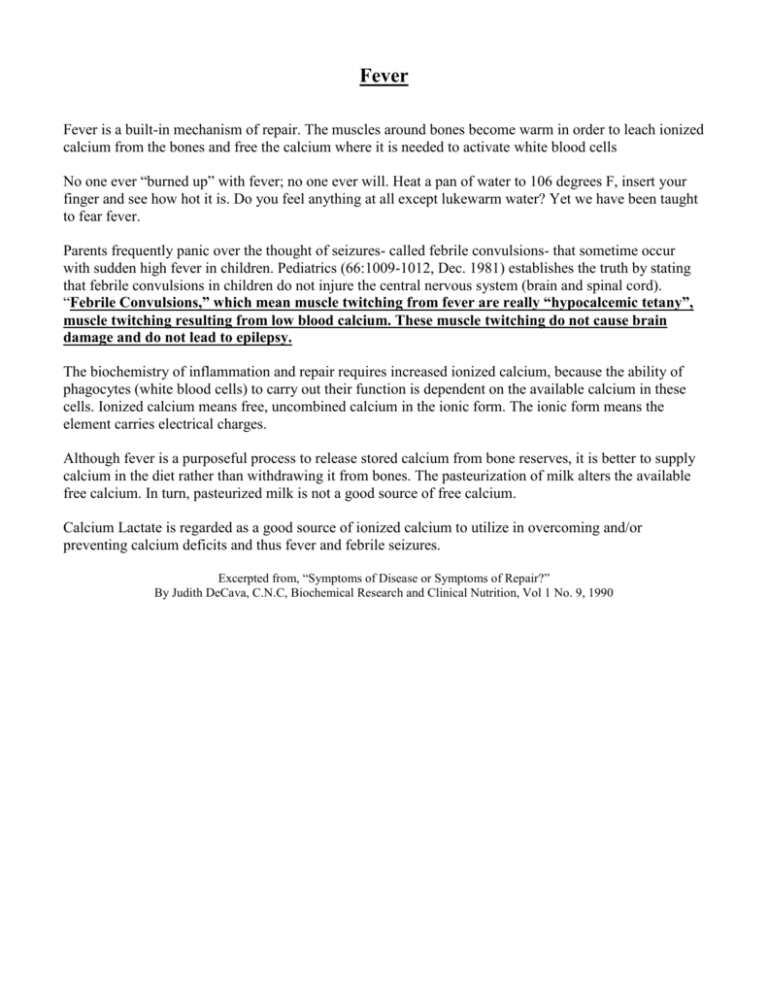
Fever Fever is a built-in mechanism of repair. The muscles around bones become warm in order to leach ionized calcium from the bones and free the calcium where it is needed to activate white blood cells No one ever “burned up” with fever; no one ever will. Heat a pan of water to 106 degrees F, insert your finger and see how hot it is. Do you feel anything at all except lukewarm water? Yet we have been taught to fear fever. Parents frequently panic over the thought of seizures- called febrile convulsions- that sometime occur with sudden high fever in children. Pediatrics (66:1009-1012, Dec. 1981) establishes the truth by stating that febrile convulsions in children do not injure the central nervous system (brain and spinal cord). “Febrile Convulsions,” which mean muscle twitching from fever are really “hypocalcemic tetany”, muscle twitching resulting from low blood calcium. These muscle twitching do not cause brain damage and do not lead to epilepsy. The biochemistry of inflammation and repair requires increased ionized calcium, because the ability of phagocytes (white blood cells) to carry out their function is dependent on the available calcium in these cells. Ionized calcium means free, uncombined calcium in the ionic form. The ionic form means the element carries electrical charges. Although fever is a purposeful process to release stored calcium from bone reserves, it is better to supply calcium in the diet rather than withdrawing it from bones. The pasteurization of milk alters the available free calcium. In turn, pasteurized milk is not a good source of free calcium. Calcium Lactate is regarded as a good source of ionized calcium to utilize in overcoming and/or preventing calcium deficits and thus fever and febrile seizures. Excerpted from, “Symptoms of Disease or Symptoms of Repair?” By Judith DeCava, C.N.C, Biochemical Research and Clinical Nutrition, Vol 1 No. 9, 1990






